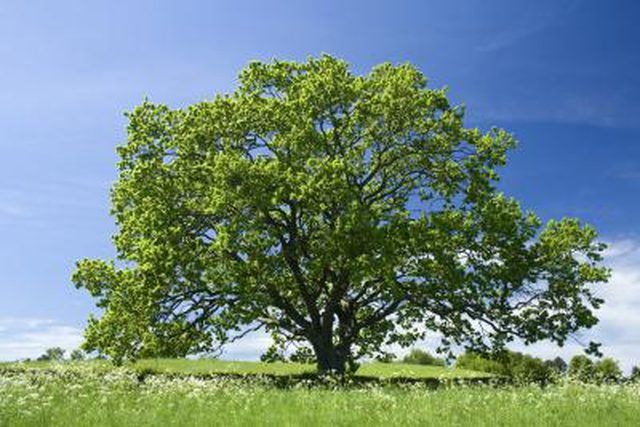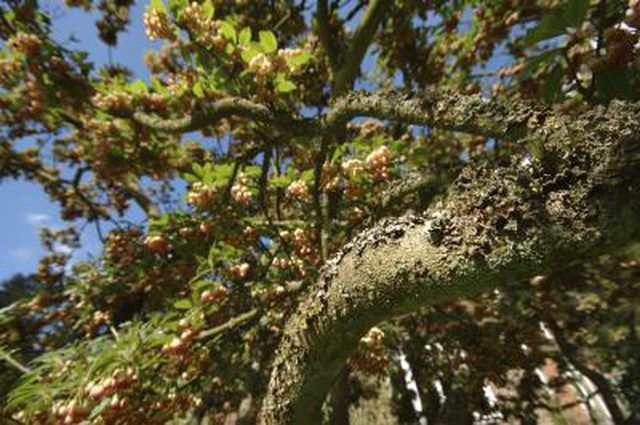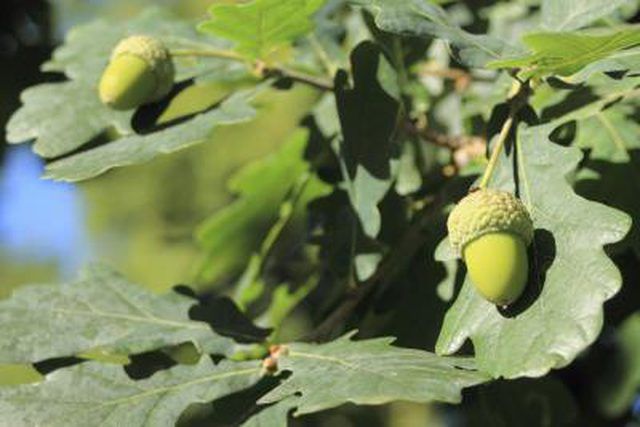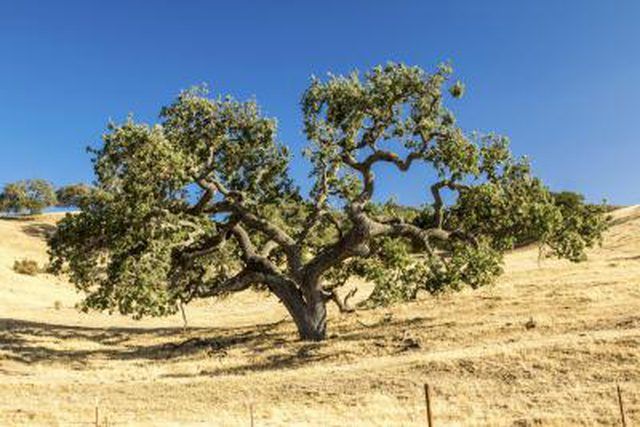Bulbs
Flower Basics
Flower Beds & Specialty Gardens
Flower Garden
Garden Furniture
Garden Gnomes
Garden Seeds
Garden Sheds
Garden Statues
Garden Tools & Supplies
Gardening Basics
Green & Organic
Groundcovers & Vines
Growing Annuals
Growing Basil
Growing Beans
Growing Berries
Growing Blueberries
Growing Cactus
Growing Corn
Growing Cotton
Growing Edibles
Growing Flowers
Growing Garlic
Growing Grapes
Growing Grass
Growing Herbs
Growing Jasmine
Growing Mint
Growing Mushrooms
Orchids
Growing Peanuts
Growing Perennials
Growing Plants
Growing Rosemary
Growing Roses
Growing Strawberries
Growing Sunflowers
Growing Thyme
Growing Tomatoes
Growing Tulips
Growing Vegetables
Herb Basics
Herb Garden
Indoor Growing
Landscaping Basics
Landscaping Patios
Landscaping Plants
Landscaping Shrubs
Landscaping Trees
Landscaping Walks & Pathways
Lawn Basics
Lawn Maintenance
Lawn Mowers
Lawn Ornaments
Lawn Planting
Lawn Tools
Outdoor Growing
Overall Landscape Planning
Pests, Weeds & Problems
Plant Basics
Rock Garden
Rose Garden
Shrubs
Soil
Specialty Gardens
Trees
Vegetable Garden
Yard Maintenance
Life Cycle of Oak Trees
Life Cycle of Oak Trees. Dendrologists—scientists who study trees, shrubs and vines—divide oak trees into two basic groups. One is the white oak group and the other is the red oak group. One easily observable difference is that white oak leaves have lobes that are rounded, while the lobes on red oak leaves are bristle-tipped. And the...
Dendrologists—scientists who study trees, shrubs and vines—divide oak trees into two basic groups. One is the white oak group and the other is the red oak group. One easily observable difference is that white oak leaves have lobes that are rounded, while the lobes on red oak leaves are bristle-tipped. And the two groups have slightly different life cycles.

Flowering is part of an oak tree's life cycle. The flowers on oak trees, though, are not the showy kind and the average observer may not even recognize them as flowers. Among other factors, botanists categorize flowers by how they are pollinated. Some flower types are insect-pollinated, while others are pollinated by wind. Oak trees have flowers that are wind-pollinated. In other words, rather than an insect actively carrying pollen from the male flower to the female, the pollen simply drifts in the air. By chance, some of it will land on female flowers and pollinate them.

The fruit and seed of the oak tree is the familiar acorn. Once the oak tree has flowered and wind has scattered pollen and pollinated the female flowers, the acorn begins to develop. Oak trees in the white oak group have acorns that mature and are ready to germinate in one season. The white oak tree flowers in the spring; its acorns develop during the spring and summer, then drop and are ready to sprout in the fall of that same year. Acorns developing on a tree in the red oak group grow and develop just as those of the white oak but are not mature and ready to sprout until after winter and into the following year.

Unlike the seeds of a tree like a maple, acorns are not carried by the wind, except perhaps to a slight degree in an extreme windstorm. Instead, they merely fall from the tree and generally land very close to the parent tree. Animals, especially squirrels, scatter the acorns. The occasional acorn overlooked by its rodent hoarder may, in this way, sprout and grow some distance from the parent tree. It’s worth noting, too, that acorns that fall into a stream or river may be carried considerable distances from the parent tree.

Given favorable soil conditions, an acorn that has survived the numerous potential damaging agents—including being eaten by animals or attacked by insects—may send down its tap root, send up its shoot and begin its life as a young seedling.
